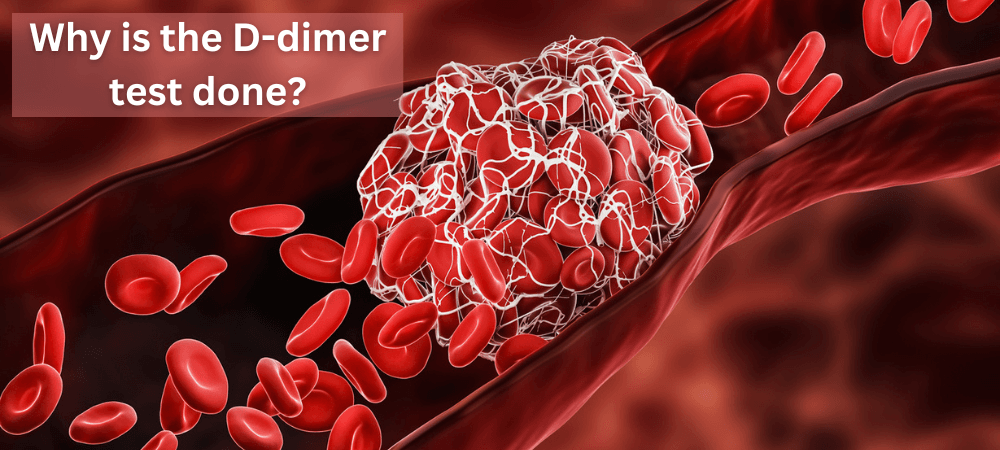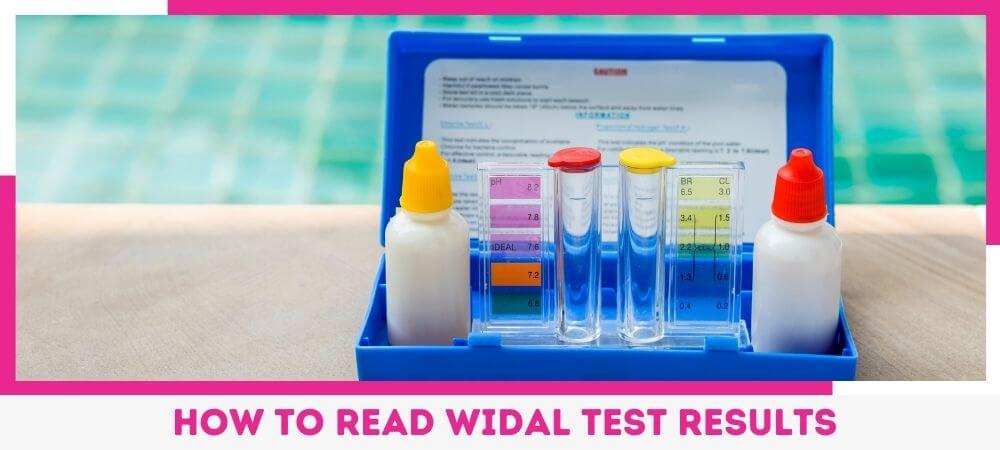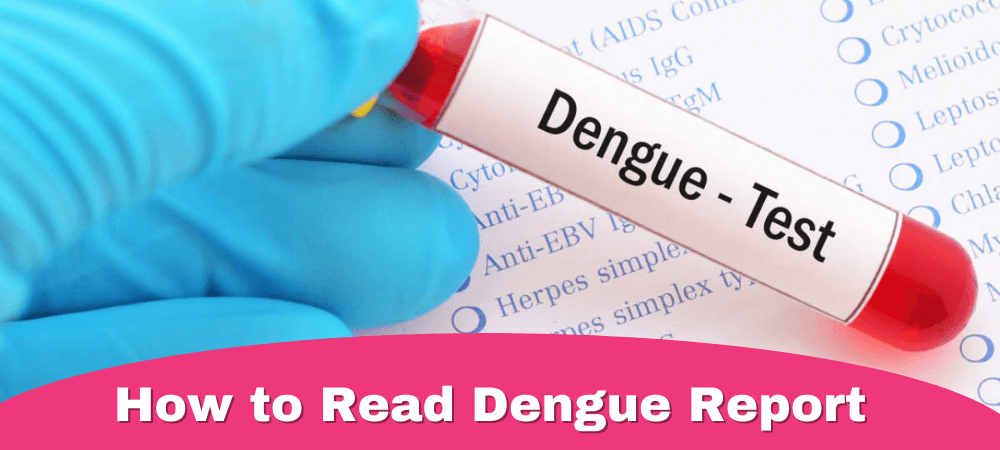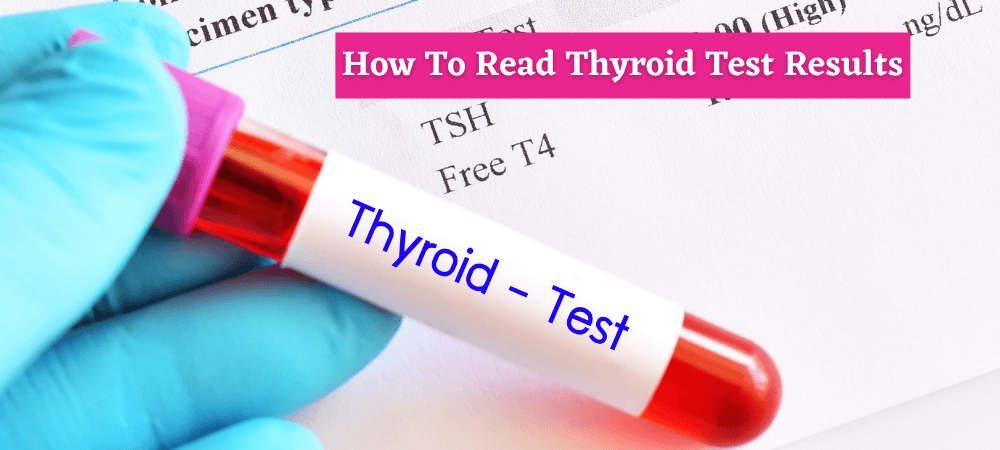Doctors might order a D-dimer test if they suspect you have a blood clotting condition. They also use a D-dimer test to gauge how well you respond to medication for a blood clotting disorder. However, a high amount of D-dimer in your blood does not necessarily indicate that you have a blood clotting disorder, nor is it sufficient to make a diagnosis.
The dimer test helps diagnose certain conditions such as Disseminated intravascular coagulation (DIC), stroke, etc.
What is a D-dimer test?

D-dimer is a protein fragment made by your body when a blood clot is dissolved. It is normally undetectable, or only detectable at a very low level unless your body forms and breaks down significant blood clots. The concentration of D-dimer in the blood usually remains low.
Doctors evaluate D-dimer blood levels when your body repeatedly produces and dissolves blood clots and orders a D-dimer test to diagnose blood clotting conditions and measure the amount of D-dimer in the blood.
If the test returns negative, you likely don’t have
a blood clot. If your test results are positive, it doesn’t necessarily imply that you have a clot, and further tests might be required.
How is the D-dimer test done?
You don’t need to follow any particular instructions before taking the D-dimer test. Your healthcare provider will use a tiny needle to draw blood from a vein in your arm. A little blood will be collected into a vial following the insertion of a needle. You may feel a slight squeeze or sting when the needle enters or exits the skin.
What is the D-dimer test used for?
The D-dimer test helps with diagnosing of following blood clotting disorders:
- Deep vein thrombosis: A blood clot in a deep bodily vein, typically in your leg, is referred to as a deep vein thrombosis. The clot may partially or completely block blood flow through the vein. DVTs can also occur in other parts of your body, including your arm, brain, liver, kidney, or intestines.
- Disseminated intravascular coagulation (DIC): Too many blood clots form in your body due to DIC, harming your organs and resulting in other severe consequences.
- Pulmonary embolism: When a blood clot from another area of your body, usually your leg or arm, travels through your bloodstream and lodges itself in the blood arteries of your lung, it causes a pulmonary embolism (blood clot).
How to reduce D-dimer levels?
Various factors such as age, medical conditions, or recent surgeries can affect the levels of D-dimer in the blood. Though there is no particular way to reduce D-dimer levels directly, certain steps may help prevent blood clotting, indirectly lowering D-dimer levels:

- Maintain a healthy diet.
- Exercise regularly
- Quit smoking habit
- Avoid prolonged sitting
- Manage underlying medical conditions.
Maintaining good cardiovascular health and ongoing treatment is important to keep D-dimer levels low.
Conclusion
A D-dimer test can be used to identify blood clotting disorders. The test is carried out by doctors using a straightforward blood sample, and it’s a terrific starting point for the diagnostic procedure.
FAQs
1. Is the d-dimer test done on an empty stomach?
No extra preparation is required before the d-dimer test; there is no need to fast before the test.
2. When should the d-dimer test be done?
You may require this test (PE) if you exhibit signs of a blood clotting disease, such as deep vein thrombosis (DVT) or a pulmonary embolism, you may require this test (PE).
3. What is the rate of d-dimer tests in Vadodara?
The average rate of d-dimer tests ranges from ₹400 to ₹1600.





